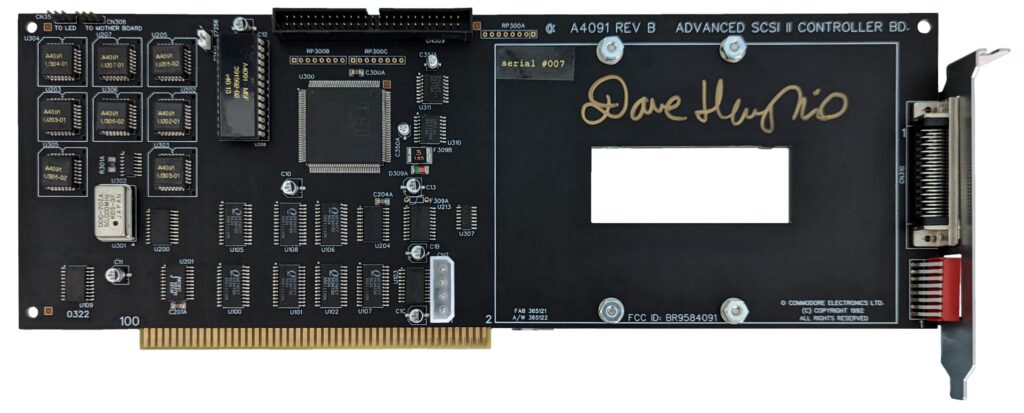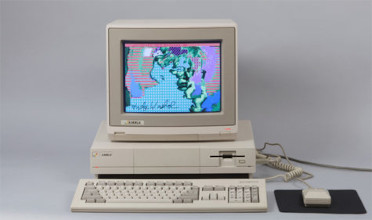Vintage Computer Festival(s)

Hi there, it’s been a while. Somewhere down the line life happened and wait, not one, not two, but three Vintage Computer Festivals have happened since my last blog post. Three that I participated in, that is. Seeing people that are not projected on square glass pieces was more time consuming than anticipated, and so […]
All good things …

… come in threes, they say, or “Aller guten Dinge sind drei” in my native tongue German. And so I set out to make a third and final attempt at reliably delivering great 68040-to-68060 adapters. Remember, earlier in my adventure I built one of these adapters with a PCB made by OSHpark. I was so […]
Finding common GND

Alright, there is some progress on the front of my 68040 to 68060 adapters. In the last month I have made a serious improvement of my lab: a simul focal microscope with double boom stand. This has vastly improved my ability to see what I am actually soldering, instead of almost flying blind. This led […]
iKod.se int7 adapter

Don’t you know the feeling when you’re just on cloud 7 with your Amiga? Maybe you remember the action replay for Amiga 500 which let you scan memory for lives and mods? Or you miss a nice and handy debugger when debugging that latest 68000 assembly of yours? ikod.se had the right solution for your […]
68040 to 68060 – Upformation

Back in the late 80s and early 90s, when the Amiga was relevant as a technical revolution, I was never able to lay my hands on anything beyond an 68000 with 7.14MHz. Years later, around 1997, I acquired an Amiga 3000 with 25MHz as part of one of my university side gigs of porting software […]
Winter is coming…

I have not been keeping up well with this blog in the last few months. Starting a new job definitely does that to this sort of project. I did spend time behind the scenes on some cool things that are in various stages of completion. Some involve 3d printing with the Prusa i3 MK3s that […]
Cyber, Cyber!

Or was it “Hyper, hyper!“? Scooter, please help a child of the 80s and 90s out here! This episode is about shuffling hardware, and what it takes to make your Amiga really fast! I was lucky enough to get my hands on a Cyberstorm MK2 card (and I still have all my organs). I almost […]
Everybody gets a second chance

… and even more obviously, everybody needs a second recap in their quarantined life. After the recap of my A3640 went surprisingly well, and even ripped off pads were replaced and reconnected, I felt confident enough to do a board that’s a little bit bigger and a little bit more involved than that poor little […]
Rock around the clock

… When I have been playing my overclocking games, I was sourcing a lot of oscillators from eBay. One thing I noticed was that there are a lot more choices for modern SMD oscillators than for the old DIP14 tin cans. As a matter of fact, I found 50 and 100MHz oscillators in all sizes […]
Das Labor

Ok. I have to make a confession. I’m really awful at keeping organized. And if I let my inner engineer engineer out for an evening or two, it can get pretty messy and it starts looking like my cat Katze’s bed, a wonderfully cozy place full of toys and no space to be: Alright, I […]